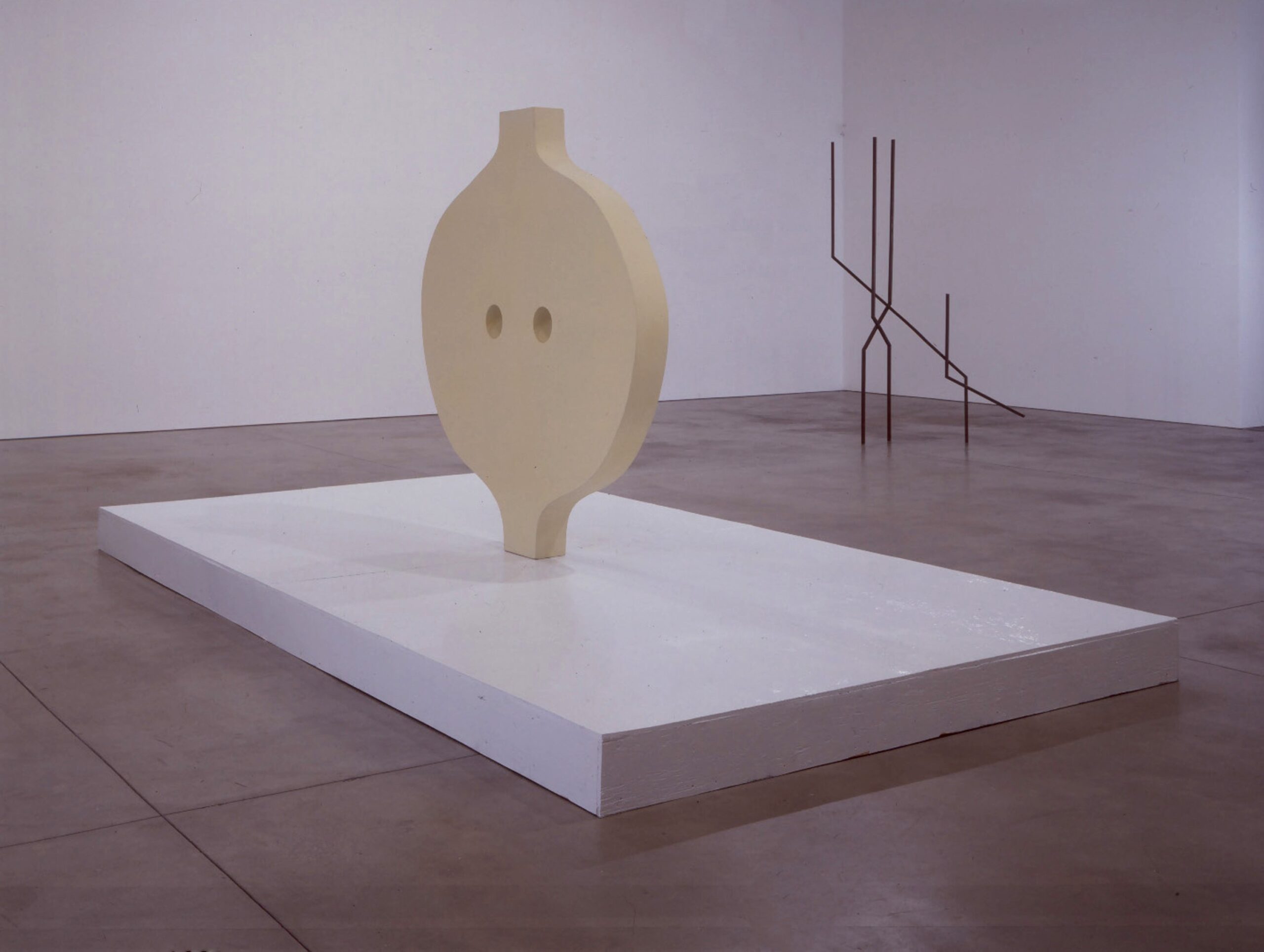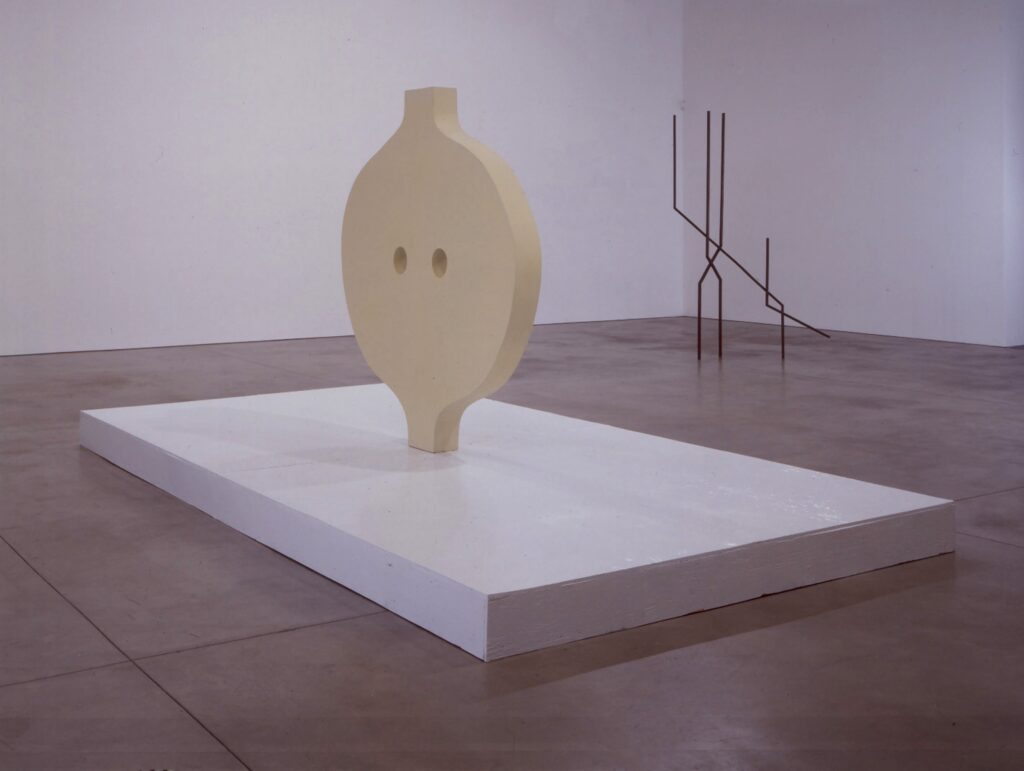Robert Grosvenor


Past exhibition
Robert Grosvenor
About the Exhibition
The Arts Club of Chicago is pleased to announce the first solo exhibition of Robert Grosvenor’s work in Chicago as well as the Midwest, which features two recent, large-scale sculptural installations and four drawings.
Born in New York City in 1937, Grosvenor studied at the Ecole des Beaux-Arts and Ecole Supérieure des Arts Decoratifs in France and the Universitá di Perugia in Italy. He began exhibiting his work in the early 1960s during the formative years of Minimalism and was included in exhibitions with artists such as Donald Judd and Dan Flavin, whose works have come to exemplify the Minimalist style. Unlike his spare, monolithic sculptures of the 1960s and 1970s, Grosvenor’s recent work combines unusual and often unexpected combinations of materials and forms. Since the 1980s, he has adopted a more seemingly offhand approach to his production, manipulating everyday materials into fantastical, large-scale objects and assimilating influences from art history, everyday life, and commercial design.
The most recent sculpture in the exhibition, Albatrun (2002), consists of two related, but not attached, sculptures: a roundish, yellow, button-shaped wood sculpture on a plinth, and a slender, upright, aluminum sculpture that is placed diagonally away from it on the floor. The large yellow sculpture, described by one art historian as a “Venus of Willendorf, a flattened vessel, a singer on the stage, Ubu Roi,” strikes an imposing, yet benevolent presence, while the elongated, elegant metal sculpture operates much like a line drawing in three-dimensions.
A pair of low, horizontal flagstone garden walls, 30-feet wide, are spread out on the floor fan-like in Untitled (1997). On the left wall rests two reflective garden globes in blue and green, while an aluminum construction that looks “like the marriage of a television antenna with a barbecue spit,” in the words of one writer, rests on the right. Taken individually, the knee-high walls, kitschy garden ornaments, and vaguely menacing metal piece are similar to objects found in any number of suburban backyards. As a whole tableau, however, the piece becomes curious, inexplicable, and has the possible character of a theatrical prop for a play by Ionesco. Untitled is suggestive of a commemorative monument that combines odd landscape elements with “the formal aplomb of a David Smith with an eagle-eye perception of the pictoral and regional rhetoric of America,” in the words of critic Michael Klein.
Grosvenor’s drawings often feature collaged photographs and other found images—a sculpted horse’s head, a 1950s brick fireplace—that are further modified.
Robert Grosvenor’s sculptures and drawings are in the collections of the Walker Art Center, Minneapolis, the Whitney Museum of American Art, New York, and the Museum Boijmans-van Beuningen, Rotterdam, The Netherlands, among others. Grosvenor’s work is to be shown in the 2003 Lyon Biennale of Contemporary Art in France.
The exhibition is accompanied by a catalogue with an essay by James Yood, critic, writer, and professor of Art Theory and Criticism at Northwestern University.